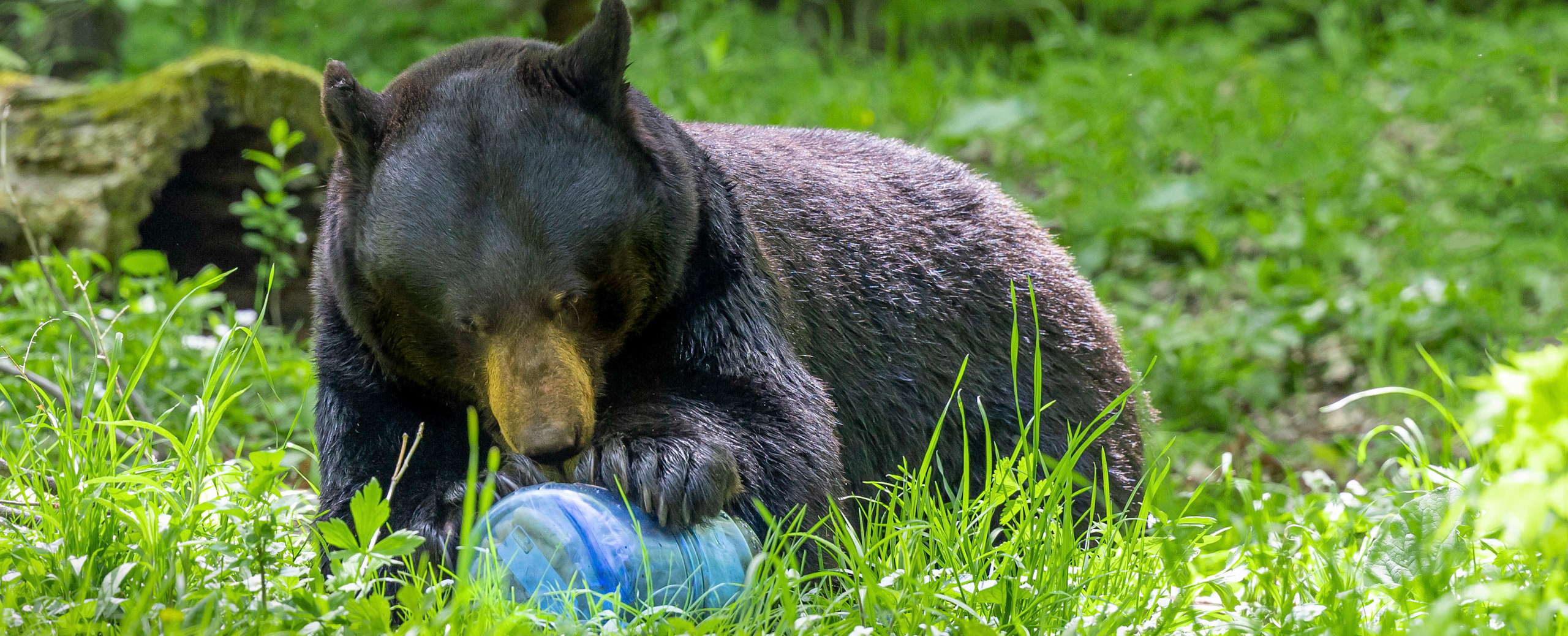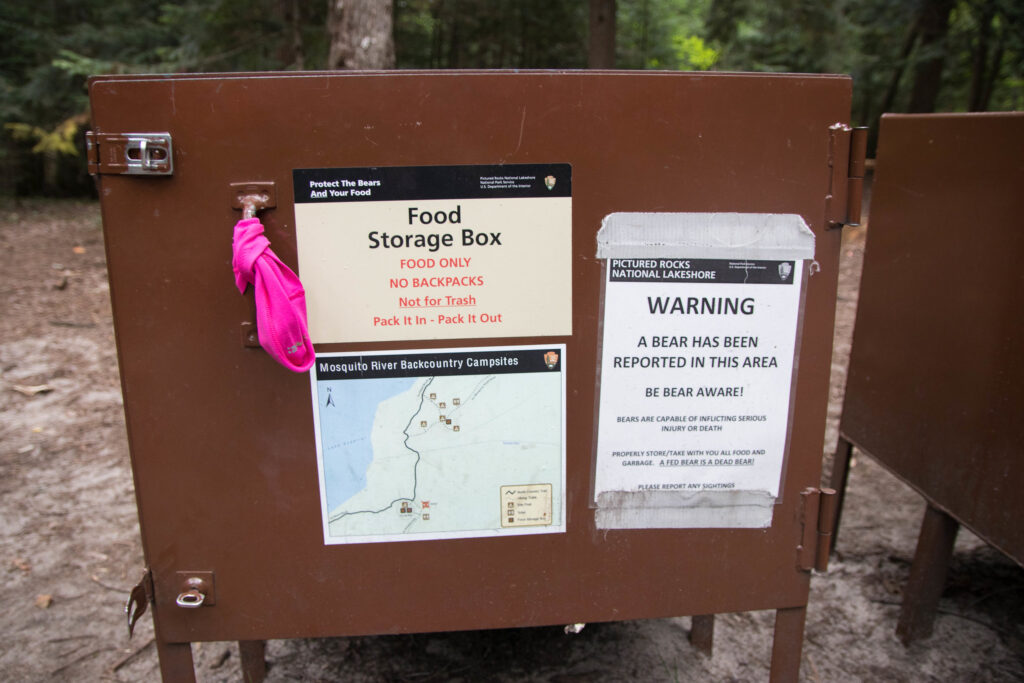Skills & Techniques
Food Storage 101


Food storage is an important Leave No Trace practice that protects wildlife and people. It is important to learn the details before enjoying the outdoors.
When Do I Need to Store My Food?
Anytime we go into the outdoors, we have the chance to impact wildlife. We are in their home, and we need to be respectful of that. Because of this, it is always a good idea to store our food properly. No matter the part of the country or the types of wildlife we might encounter, we should work diligently to ensure they cannot access our food.
Whenever we leave an area or go to bed, our items should be stored. Aside from this, it is good practice to keep items stored and secured whenever they are not in use. This minimizes the chance we will forget and leave them out, and keeps them out of reach from sneaky critters we may not notice.

Why Do I Need to Store My Food?
Human food is unhealthy to wildlife. Not only does it lack the proper nutrients wildlife need, but it can lead them to become food habituated. When this happens, wildlife will start to associate humans with food and think of us as a food source. This causes them to come into contact with humans more frequently, increasing the likelihood of negative interactions. It can bring them to roadways, campsites, trails, and other places where humans are. In many cases, they will become more aggressive, which can result in relocation or euthanization if they pose a danger to people. Wildlife’s natural habits may also be altered as they stop foraging for food naturally.
While food habituation is commonly associated with bears, they are not the only wild animal this can happen to, nor are they the most dangerous. Squirrels and chipmunks often become food habituated and can carry many diseases that may spread to humans through bites. Racoons, foxes, skunks, and even wasps are other animals that can become food habituated. Because the list is so far reaching, food storage is important no matter the ecosystem or location we are recreating in.
What Exactly Do I Need to Store?
Now that we understand when and why to store food, let’s address what needs to be stored. The negative consequences of food habitation don’t just happen when animals get access to our food, but when they gain access to anything that seems like food to them. That includes our food, trash, and smellables. All items that fall within these three categories should be stored and secured.
Food: Any and all food including snack bars, canned and freeze dried foods, sports drinks and mixes, beer, wine, and liquor.
Smellables: Anything with a smell including soaps and sponges, insect repellent, toiletries (even lip balm and sunscreen), and medications, specifically pills with a sugary coating and liquids.
Trash: Wrappers, bottle caps, cans, toilet paper, food scraps, any and all trash.
Additionally, you may want to store clothing that you wore to cook in, especially in grizzly bear country or if any food was spilled onto them.

How Do I Store It?
The “how” of food storage will depend heavily on where you are and what type of recreation you are doing. To learn the proper food storage technique, it is important to Plan Ahead and Prepare, and do your research. Calling local ranger stations or checking the land managers’ website is the best way to find correct information.
Food storage techniques vary from lockers, to hard sided vehicle storage, to plastic totes in more developed camping or picnicking areas, to canisters, cables, kevlar sacks, or hanging for backcountry trips.
Once you learn the recommendation for the type of recreation you are doing, be sure to learn how to practice that technique, and ensure your food, trash, and smellables will be able to fit. For example, a canister should be stored around 200 feet from your campsite, and you may need multiples, depending on your group size and trip length, to fit all your food, trash, and smellables inside.
Whenever we enjoy the outdoors, we must also remember the impacts we can have. By properly storing and securing our food trash and smellables, we can keep wildlife safe, healthy, and wild.
Related Blog Posts
Let’s protect and enjoy our natural world together
Get the latest in Leave No Trace eNews in your inbox so you can stay informed and involved.

